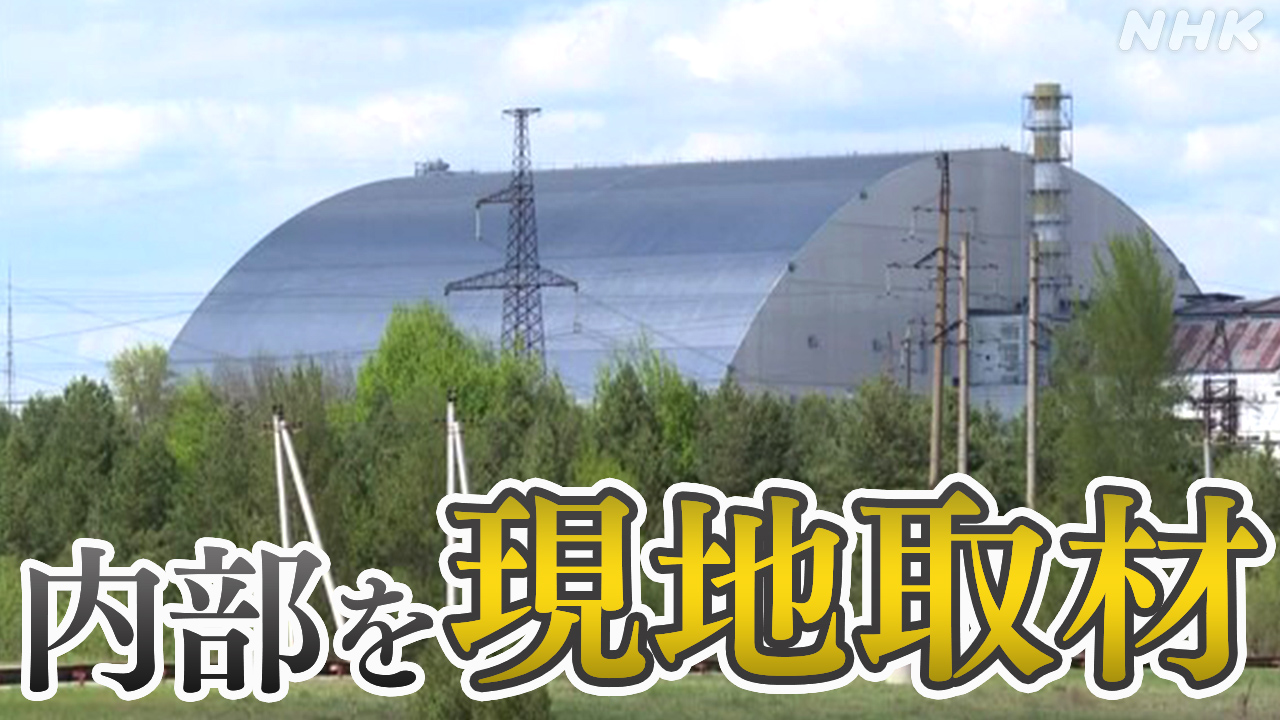Chernobyl Shelter: Assessing Post-Attack Status – A Critical Examination
The Chernobyl Nuclear Power Plant, infamous for its 1986 disaster, has once again found itself thrust into the global spotlight, this time due to concerns surrounding its structural integrity following the ongoing conflict in Ukraine. This article assesses the post-attack status of the Chernobyl shelter, exploring the potential risks and the ongoing efforts to secure the site. We delve into the challenges of maintaining safety in a war zone and the importance of international collaboration in safeguarding a site of such global significance.
The New Shelter: A Vulnerable Target?
The Chernobyl New Safe Confinement (NSC), a massive arch-shaped structure built to encase the damaged reactor, represents a significant engineering achievement. However, its resilience in the face of armed conflict is a critical concern. While the structure itself is designed to withstand extreme weather conditions, its vulnerability to deliberate attacks or accidental damage from nearby fighting cannot be ignored.
Potential Threats and Vulnerabilities:
- Direct Attacks: Intentional targeting of the NSC, although highly unlikely due to its international significance, remains a theoretical risk.
- Indirect Damage: Explosions, shelling, or other military activities in the vicinity could cause indirect damage, potentially compromising the integrity of the structure.
- Power Outages: Disruptions to the power supply, vital for monitoring and maintaining the shelter, pose a serious threat to the ongoing safety of the site.
- Security Personnel: The ability of security personnel to maintain a safe environment amidst ongoing conflict presents considerable challenges.
International Collaboration and Ongoing Monitoring
The IAEA (International Atomic Energy Agency) plays a critical role in monitoring the situation at Chernobyl. Their reports provide crucial updates on the safety of the site and highlight the challenges faced by those working to secure it. International collaboration is essential, not only for the ongoing safety of the site, but also for the long-term management of the radioactive waste stored within the shelter.
Key Actors in Chernobyl's Safety:
- IAEA: Provides ongoing monitoring, technical assistance, and reports on the status of the site.
- Ukrainian Government: Bears the primary responsibility for the security and management of the Chernobyl Exclusion Zone.
- International Organizations: Various NGOs and international organizations provide support in areas such as environmental monitoring and humanitarian aid.
Long-Term Implications and Future Preparedness
The ongoing conflict underscores the need for robust contingency planning and improved security measures at nuclear facilities in conflict zones. The Chernobyl experience highlights the potential long-term consequences of neglecting safety protocols, even in seemingly stable environments. Investing in advanced security systems and developing comprehensive emergency response plans is vital to mitigate future risks.
Looking Ahead:
- Enhanced Security Measures: Implementing upgraded security systems to protect against potential attacks and sabotage.
- Improved Emergency Response: Developing more robust emergency response plans to address various scenarios.
- International Cooperation: Strengthening international collaboration to ensure effective monitoring and support.
- Long-Term Waste Management: Developing comprehensive plans for the long-term management and disposal of radioactive waste.
Conclusion:
The safety of the Chernobyl shelter remains a paramount concern. While the NSC itself is a remarkable engineering feat, its vulnerability within an active conflict zone demands constant vigilance and international cooperation. The ongoing monitoring efforts by the IAEA and other international bodies are crucial for ensuring the continued safety of the site and preventing further environmental and humanitarian consequences. The events at Chernobyl serve as a stark reminder of the critical importance of nuclear safety and international collaboration in protecting sites of such global significance. Stay informed on the latest developments by following reputable news sources and the IAEA for official updates.
